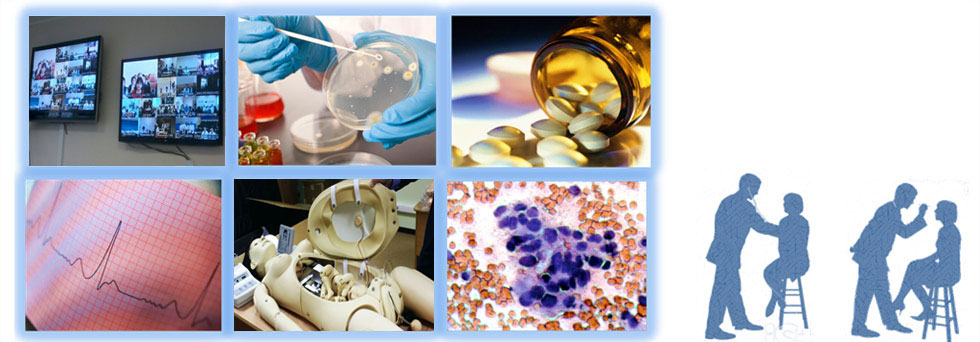Dudanova O., Larina N., Prokapovich L., Larina A. Steatohepatitis in patients with inflammatory bowel diseases in Karelia // Journal of Biomedical Technologies. 2014. № 1. P. 10‒17. DOI: 10.15393/j6.art.2014.2981
Issue № 1 (2014)
Original research
Steatohepatitis in patients with inflammatory bowel diseases in Karelia
| Dudanova Olga Petrovna | Petrozavodsk State University, 185910 Petrozavodsk, Lenin str., 33, odudanova@gmail.com |
| Larina Nadezhda Alekseevna | Petrozavodsk State University, 185910 Petrozavodsk, Lenin str., 33, larina@okb10.ru |
| Prokapovich Lidija Valerievna | Petrozavodsk State University, 185910 Petrozavodsk, Lenin str., 33, vita_vega2000@mail.ru |
| Larina Anastasia Andreevna | Petrozavodsk State University, 185910 Petrozavodsk, Lenin str., 33, nostrick@inbox.ru |
|
inflammatory bowel diseases Crohn's disease ulcerative colitis steatohepatitis |
Background. Inflammatory bowel diseases (IBD) may be accompanied by the development of steatohepatitis (SH), but its frequency and the dependence of liver damage on the form and severity of IBD can vary considerably according to observations of different researchers. The aim of the study was to evaluate the incidence and severity of SH in patients with ulcerative colitis (UC) and Crohn's disease (CD) in the Republic of Karelia.
Materials and methods. Sixty six patients with IBD (48 with UC and 18 with CD) were examined before administration of an anti-inflammatory therapy in order to exclude possible drug-induced liver damage. There were 35 males (53.0%) and 31 females (47.0%), the mean age was 45.3±5.2. IBD was diagnosed on the basis of clinical, laboratory and instrumental data (colonoscopy, upper gastrointestinal endoscopy with biopsies of tissue/lesions, computed tomography enterography, hydromagnetic resonance imaging of intestine, barium double-contrast enema radiographic studies). SH was diagnosed relying on laboratory tests such as ALT / AST (alanine/aspartate amino transferase), bilirubin, alkaline phosphatase and others, ultrasonography data and histological studies of liver biopsies or autopsies, and after the exclusion of hepatitis of viral and autoimmune origin.
Results. SH was revealed in 19 (28.8%) patients with IBD: in 10 (55.6%) CD patients and in 9 (18.8%) UC patients. SH in IBD was characterized by mild (in 90.0% of patients) and moderate (in 10.0%) inflammatory activity. Direct relationship between the development of SH and the activity of IBD (r=0.60, p<0.05) or extent of IBD (r=0.69, p<0.5) was observed. SH in CD patients was affected mainly by malabsorption, malnutrition and deterioration of enterohepatic circulation of bile acids, while SH in UC patients was affected predominantly by alteration in the intestinal microflora. Steatohepatitis activity decreased significantly in 4-8 weeks as a result of anti-inflammatory treatment of bowel diseases without special hepatoprotective therapy.
Conclusion. Steatohepatitis, which aroused in 30.5% of patients with inflammatory bowel diseases, was characterized by mild activity and related to the extent of intestinal damage and inflammatory activity. |
Displays: 3700; Downloads: 5592;




